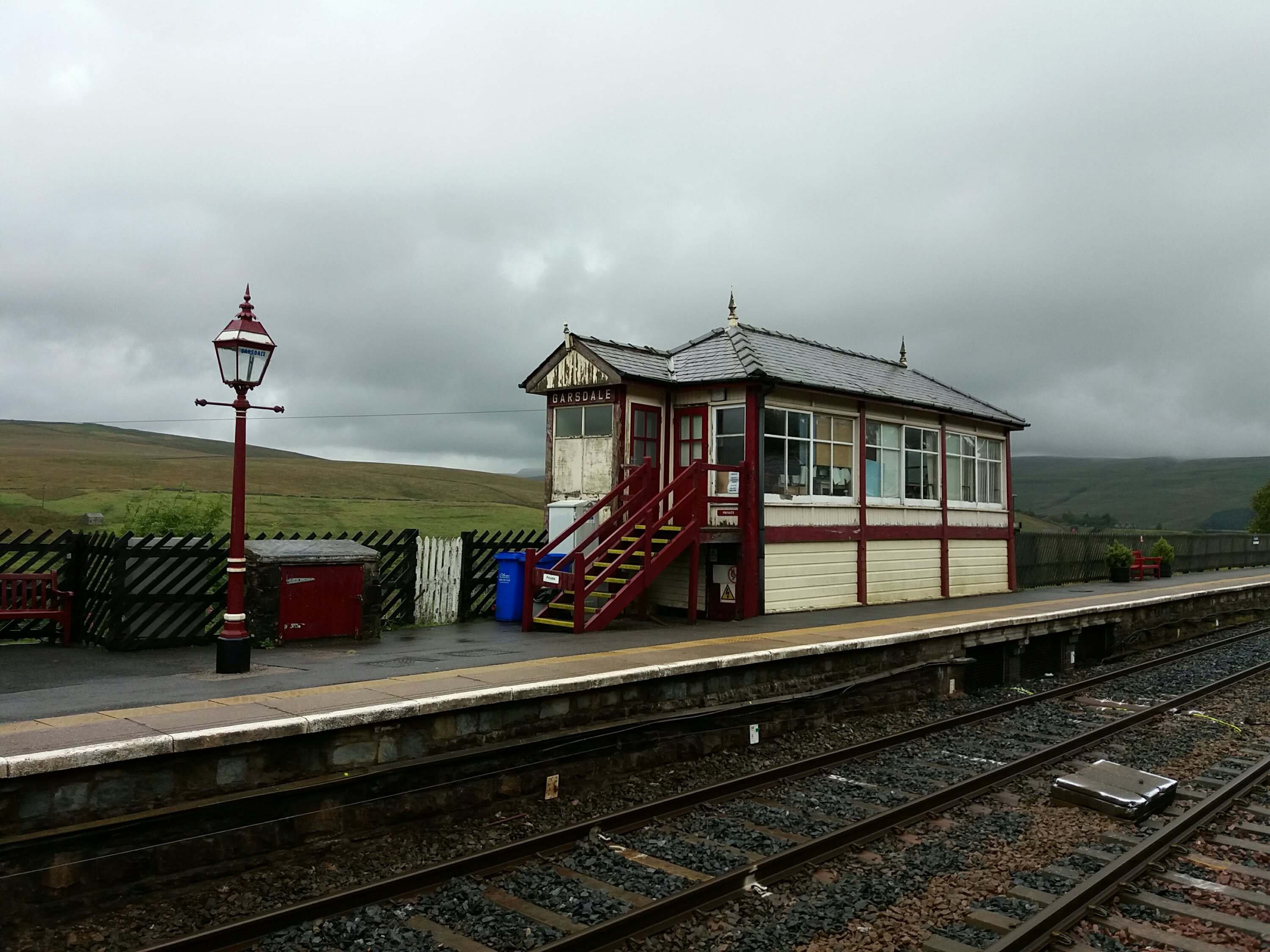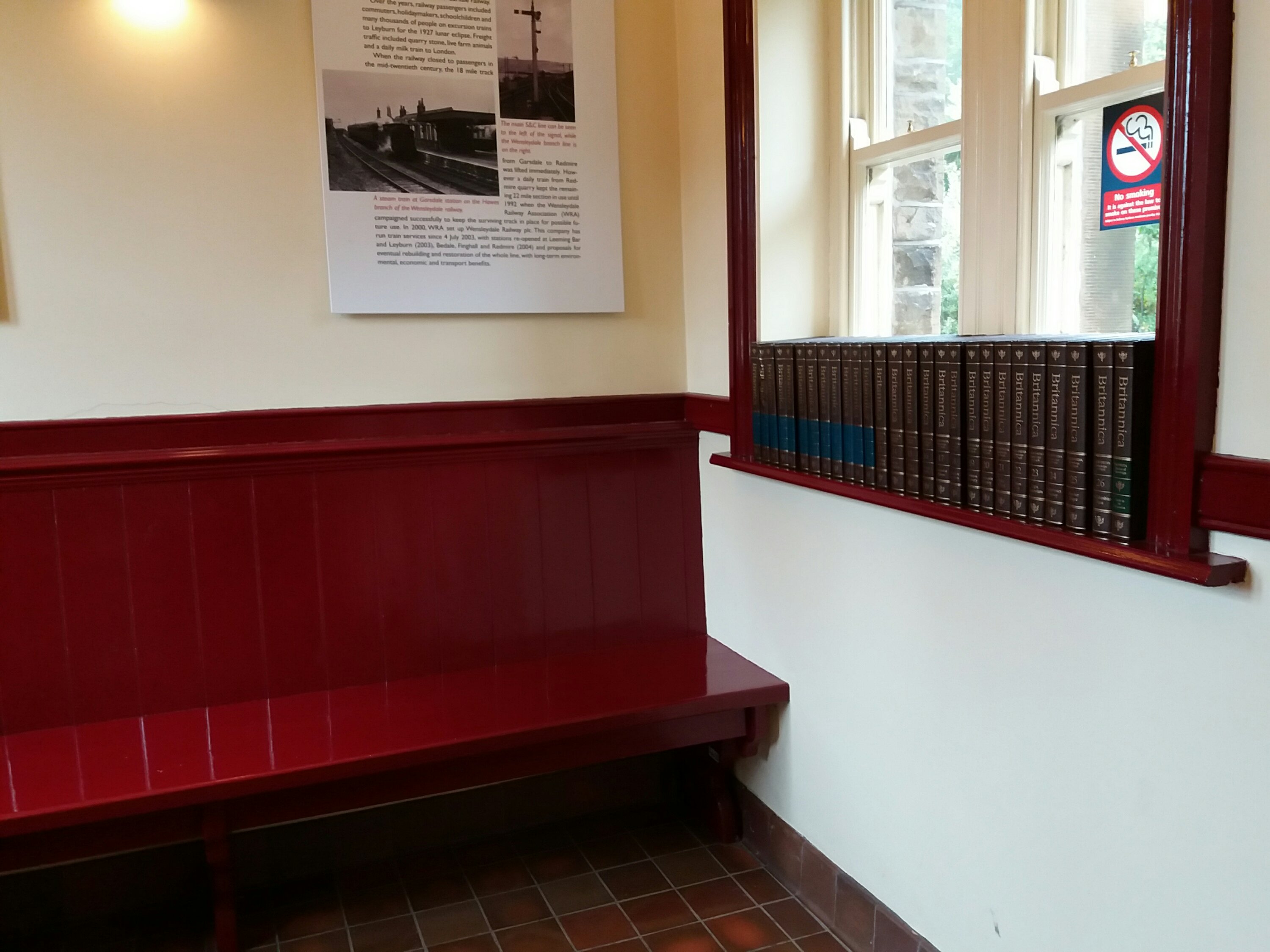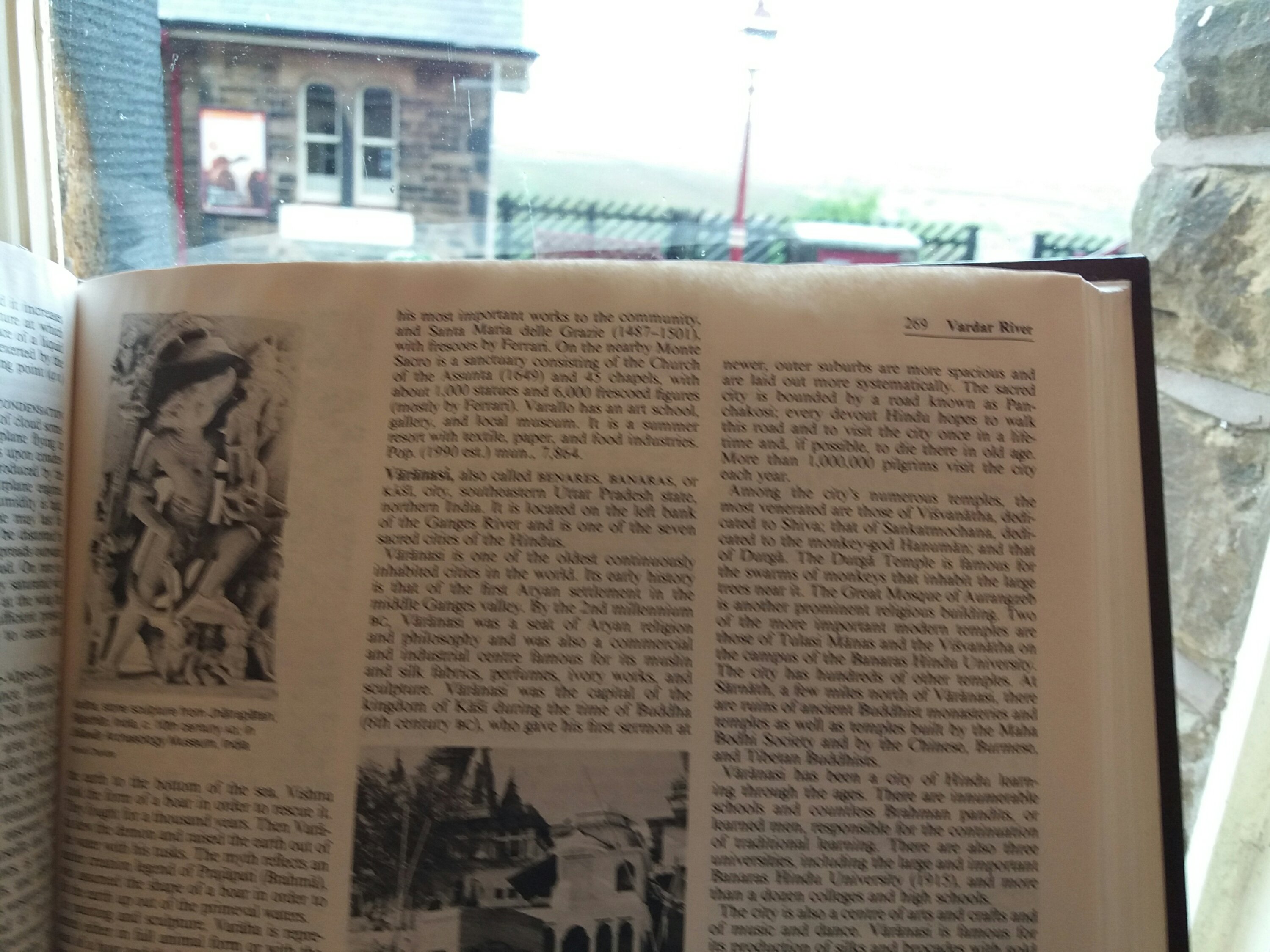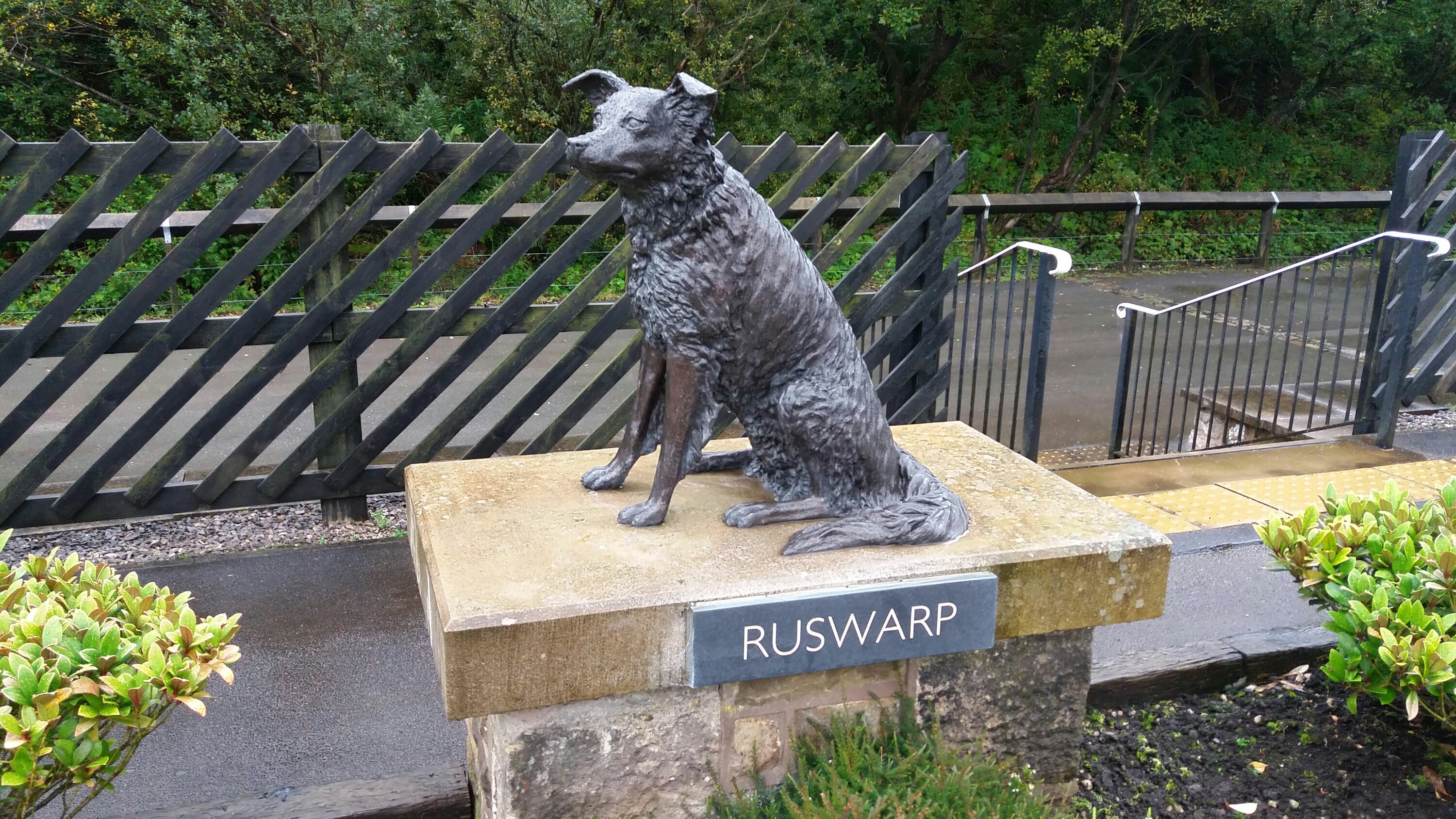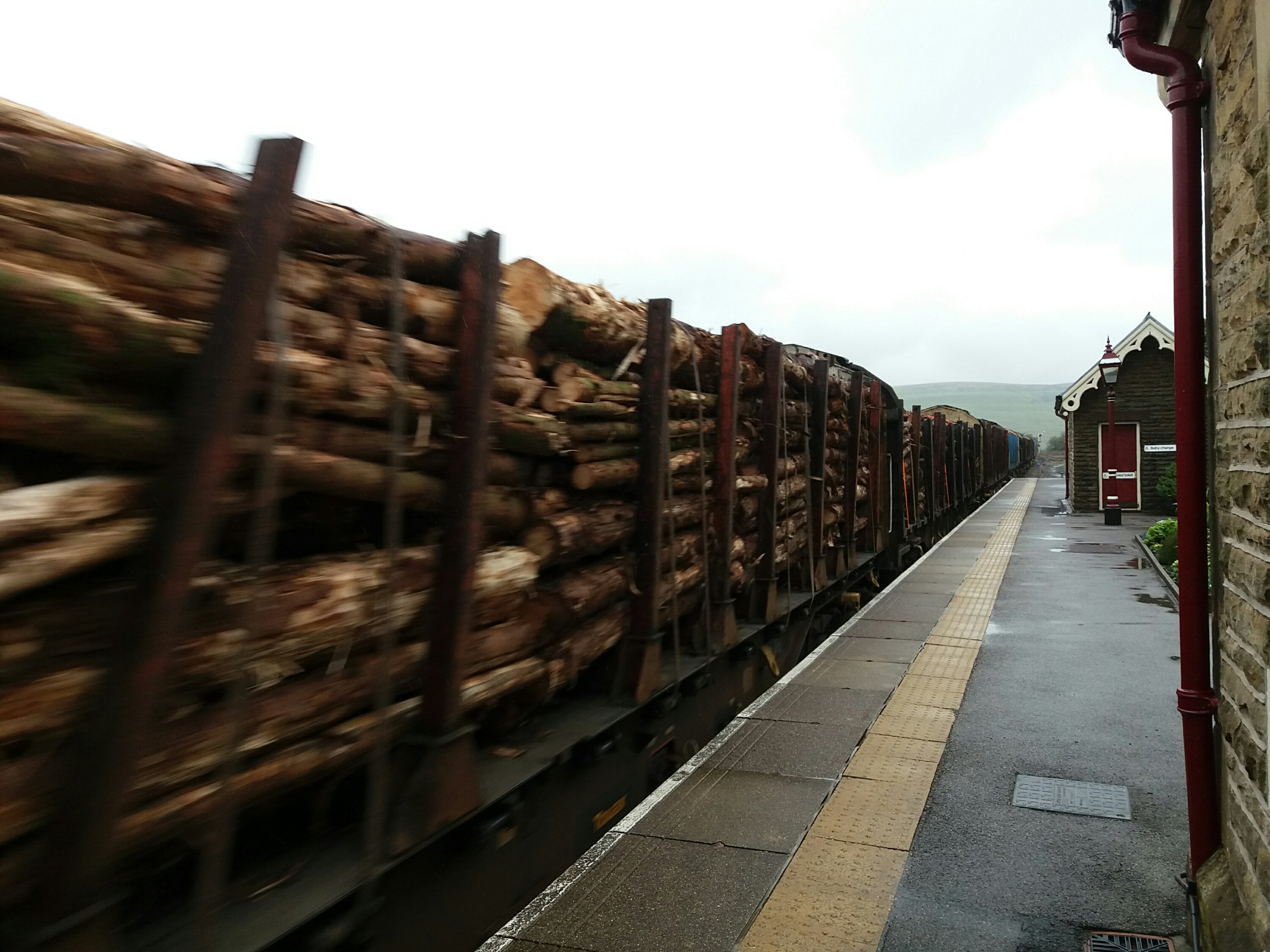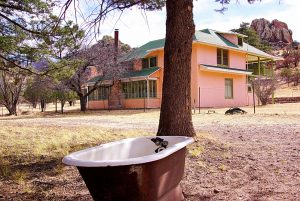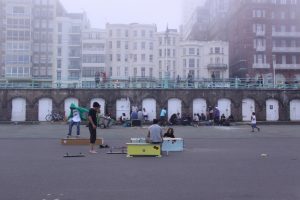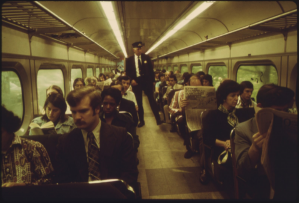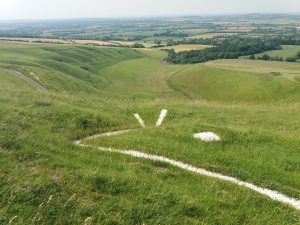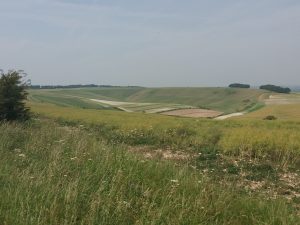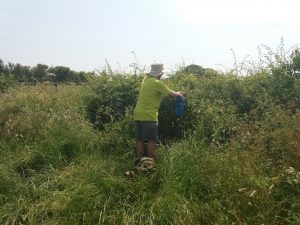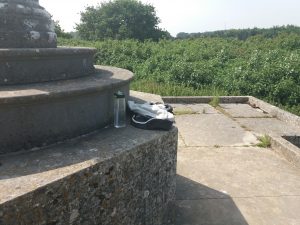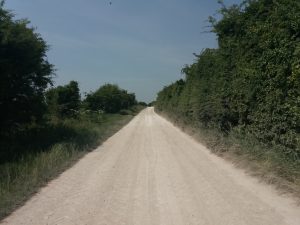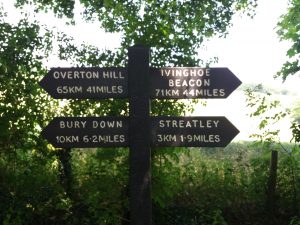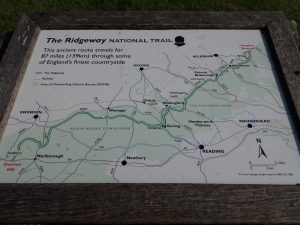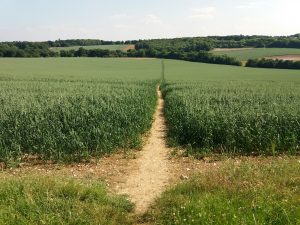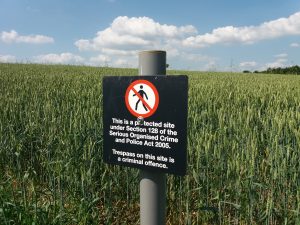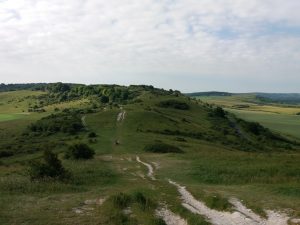Yesterday I wrote a blog post on my mobile phone. We used to have a word for this. It was called moblogging, and it was going to be the future.
I’ve been re-reading articles about this from around 2003. There’s a weird optimism about how hard people were trying to make moblogging happen.
Back then, blogging from a mobile phone was tricky. You could send a blog post via email or MMS, but you couldn’t edit it until you were back at a computer. This was a time before apps and iPhones, when the few applications for mobile were rudimentary. But people still persevered with moblogging. Part of this was the struggle to find a use for camera phones and MMS – which a lot of people originally found unnecessary.
This was the early days of mobile computing. The guardian even tried to edit its G2 supplement from Brighton beach during summer 2003. At the time, this was the world’s first beach with WiFi, where volunteers had set up the pier-to-pier network. WiFi was still sometimes hard to find then – during the party conferences you’d see people at night using laptops on the seafront benches.
(That article contains someone speculating that people “could get a wireless device to walk around the city and it would ping them with announcements saying look up here, and here’s some information about this building…” I’ve seen similar ideas pitched repeatedly over the last 20 years. The technology for this is now ubiquitous, but the applications are still not being produced. )
One of the pioneers of moblogging was Warren Ellis, who wrote back in January this year: “Remember “moblogging”? I was doing that in the 1990s with a collection of kit that even at the time seemed the product of a dated alternate future. Modular, silvered plastics, plugs and stub antennae. Nokia phones of styles you wouldn’t have been surprised to encounter in SPACE: 1999.” Other posts from 2006 and 2004ish give an idea of the issues involved.
Reading back on these days is strange. It’s easy to forget the time when we used to go to a particular room in the house to use the internet.
In 2003, a Jupiter analyst claimed that of the estimated 500,000 bloggers, a quarter might one day use moblogging tools to update their sites. He said “This isn’t the killer app for mobile devices.”
More optimistic was Tom Hume of future platforms: “The whole point of weblogging is ease-of-use: that it makes it simple for people who don’t care about technology to run their own sites. Moblogging is a natural progression from this: as long as it’s easy to use and marketed well, I believe it’ll lead to a surge of all sorts of folks creating their own content.“
Moblogging never took off, at least not under that name. But Tom got it right, and moblogging became so successful that the term has actually disappeared. Companies like Manywhere, Moblogger, Wapblog and FoneBlog failed to deliver moblogging to the masses. Instead it was three companies that had yet to be born: Facebook, Twitter and Instagram.
Everyone is moblogging and nobody thinks anything of it. But I’m writing this post on a smartphone app using WordPress. The jetpack server plugin means WordPress’s app is finally usable (even if it eats the occasional post). Moblogging is here now.
Of course I could just post to Facebook. But the great thing about moblogging is the openness of it. It harks back to a time when it was easier to distribute your content between sites; twitter has long since turned off its RSS feeds. Everything is being locked behind walled gardens, access swapped for marketing. Judging by the scale of these platforms, most people aren’t too worried. But I’m happy to be finally moblogging, 13 years after I first tried to do it. And I’m still excited about moblogging’s future.
